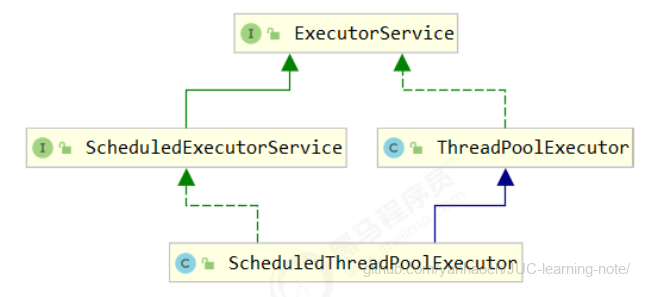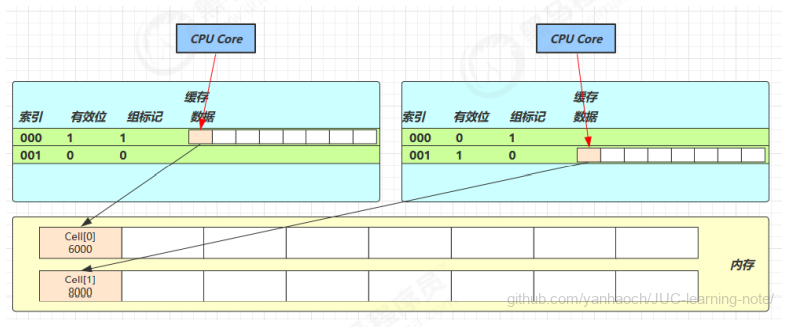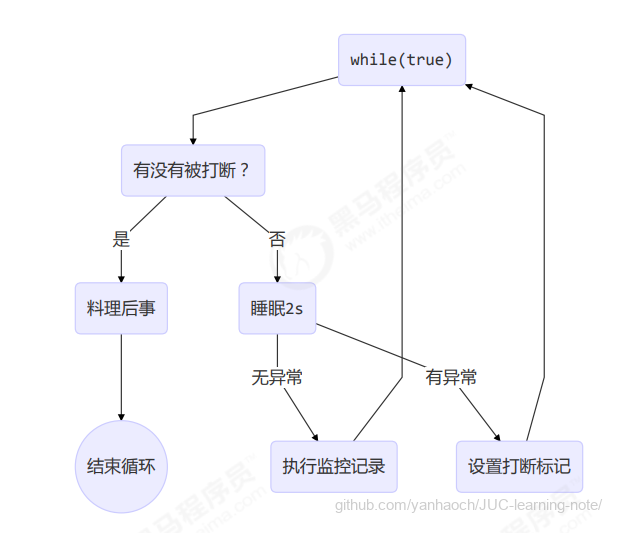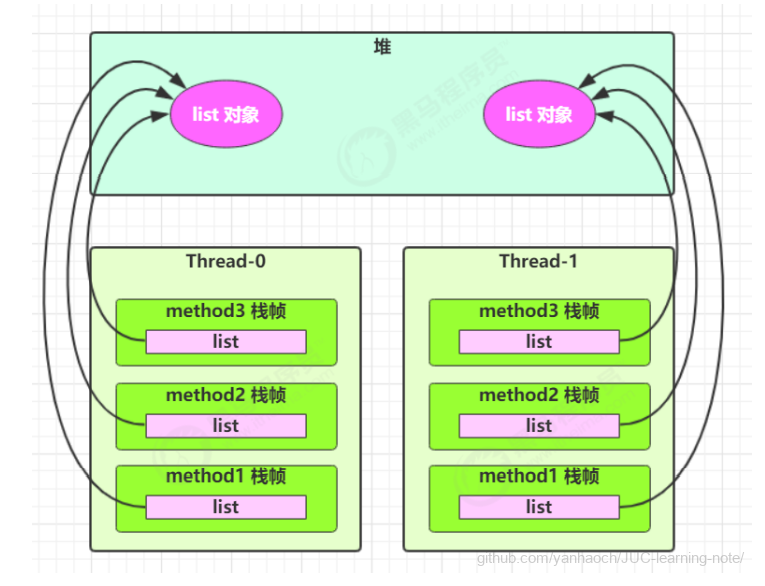1
2
3
4
5
6
7
8
9
10
11
12
13
14
15
16
17
18
19
20
21
22
23
24
25
26
27
| #include<bits/stdc++.h>
using namespace std;
const int maxn=100000+10;
const int INF=2*int(1e9)+10;
#define LL long long
int cmd(int a,int b){
return a>b;
}
int main(){
int num[6]={1,2,4,7,15,34};
sort(num,num+6);
int pos1=lower_bound(num,num+6,7)-num;
int pos2=upper_bound(num,num+6,7)-num;
cout<<pos1<<" "<<num[pos1]<<endl;
cout<<pos2<<" "<<num[pos2]<<endl;
sort(num,num+6,cmd);
int pos3=lower_bound(num,num+6,7,greater<int>())-num;
int pos4=upper_bound(num,num+6,7,greater<int>())-num;
cout<<pos3<<" "<<num[pos3]<<endl;
cout<<pos4<<" "<<num[pos4]<<endl;
return 0;
}
3 7
4 15
2 7
3 4
|












